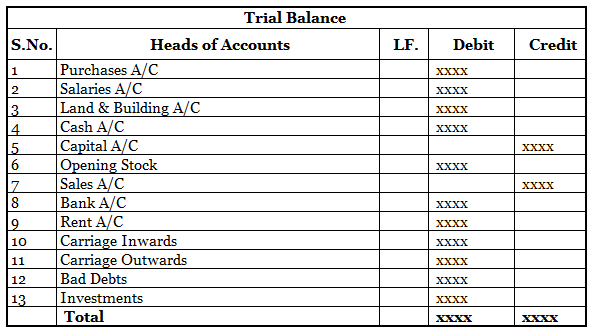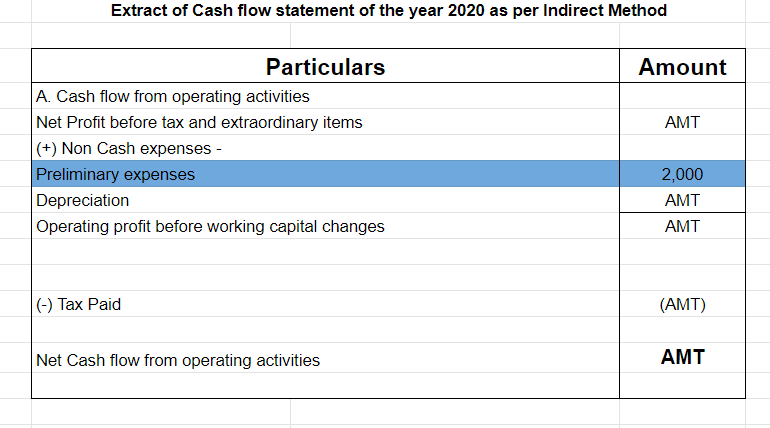Definition The trial balance is a list of all the closing balances of the general ledger at the end of the year. Or in other words, I can say that it is a statement showing debit and credit balances. A trial balance is prepared on a particular date and not on a particular period. What does trial balRead more
Definition
The trial balance is a list of all the closing balances of the general ledger at the end of the year. Or in other words, I can say that it is a statement showing debit and credit balances.
A trial balance is prepared on a particular date and not on a particular period.
What does trial balance include?
As in each double-entry system, each account has two aspects debit and credit.
Hence the following trial balance includes:
• Debit or credit of the reporting period.
• The amount which is to be debited or credited to each account.
• The account numbers.
• The dates of the reporting period.
• The totaled sums of debits and credits entered during that time.
When we prepare a trial balance from the given list of ledger balances, these need to be included which are as follows :
The balance of all
• Assets accounts
• Expenses accounts
• Losses
• Drawings
• Cash and bank balances
Are placed in the debit column of the trial balance.
• The balances of
• liabilities accounts
• income accounts
• profits
• capital
Are placed in the credit column of the trial balance.
Importance
As the trial balance is prepared at the end of the year so it is important for the preparation of financial statements like balance sheets or profit and loss.
The purpose of the trial balance is as follows:
• To verify the arithmetical accuracy of the ledger accounts
This means trial balance indicates that equal debits and credits have been recorded in the ledger accounts.
It enables one to establish whether the posting and other accounting processes have been carried out without any arithmetical errors.
• To help in locating errors
There can be some errors if the trial balance is untallied therefore to get error-free financial statements trial balance is prepared.
• To facilitate the preparation of financial statements
A trial balance helps us to directly prepare the financial statements and then which gives us the right to not look or no need to refer to the ledger accounts.
Structure of trial balance








Profitability ratios measure how profitable a company is and are used to assess its performance and efficiency. Based on the income statement and balance sheet of a company, these ratios are calculated. In terms of profitability ratios, there are several types, each providing a different viewpoint.Read more
Profitability ratios measure how profitable a company is and are used to assess its performance and efficiency. Based on the income statement and balance sheet of a company, these ratios are calculated.
In terms of profitability ratios, there are several types, each providing a different viewpoint.
The following are some common profitability ratios:
Gross profit margin: This ratio measures the percentage of revenue that remains after the cost of goods sold has been deducted. Producing and selling efficiently is indicated by this metric.
Net profit margin: An organization’s net profit margin is the portion of revenue left after all expenses have been deducted. A company’s profitability is measured by this indicator.
Return on assets (ROA): This ratio measures how profitable a company’s assets are. In other words, it indicates how effectively a company generates profits from its assets.
Return on equity (ROE): This ratio measures the profitability of a company’s equity. It shows how effectively a company generates profits from its shareholders’ investments.
Analysts and investors use profitability ratios to evaluate a company’s performance and profitability ability.
An investor or analyst can evaluate a company’s relative strength and identify potential opportunities or risks by comparing its profitability ratios with its peers or its industry averages.
See less